There’s a rhythm to the Bauhaus. You don’t just see it, you feel it. In the stark geometry of a steel chair, the unadorned beauty of a teapot, or the honest lines of a typeface, something pulses beneath the surface: a fierce devotion to function, yes! but also a stubborn, elegant spirit that refuses to separate the practical from the poetic.
Table of Contents
Bauhaus: Born in the Wreckage, Built for the Future
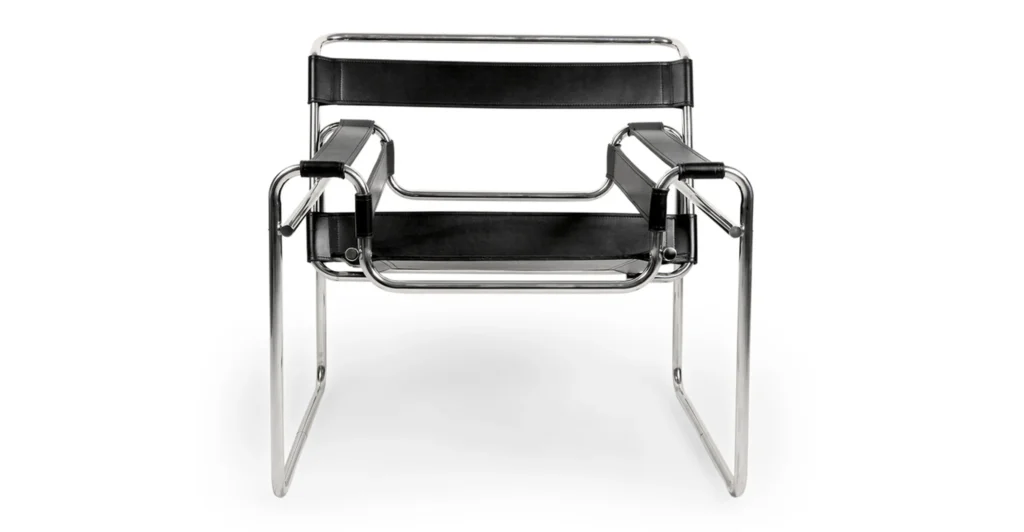
When Walter Gropius founded the Bauhaus in 1919, Germany was a country bruised by war, scraping the ashes of an empire. But from that bleakness, Bauhaus emerged with revolutionary clarity: design could heal. Art could rebuild. Function and beauty didn’t have to live on opposite sides of the room.
The soul of the Bauhaus was never just in the bricks of its buildings or the lines of its lamps; it was in its radical idea: everything is design. Every spoon, every chair, every letter you read. And if everything is design, then why not make it intelligent, beautiful, and useful all at once?
Human at Its Core
One of the biggest myths about Bauhaus is that it was cold, an emotionless parade of rectangles and grayscale palettes. But that’s not quite right. The movement had warmth. Its soul was deeply human.
Bauhaus was about accessibility, democratizing design for the everyday person. It stripped away ornament not out of boredom, but out of respect for the material, for the maker, for the user. It asked: What’s essential? What serves life?
The result was a kind of design honesty that still feels refreshing a century later. It’s why a Marcel Breuer chair still looks like it belongs in a modern apartment. Why a László Moholy-Nagy poster still hits like a punch of kinetic energy. The Bauhaus wasn’t trying to be trendy; it was trying to be timeless.

Where Artists Became Engineers and Engineers Became Artists
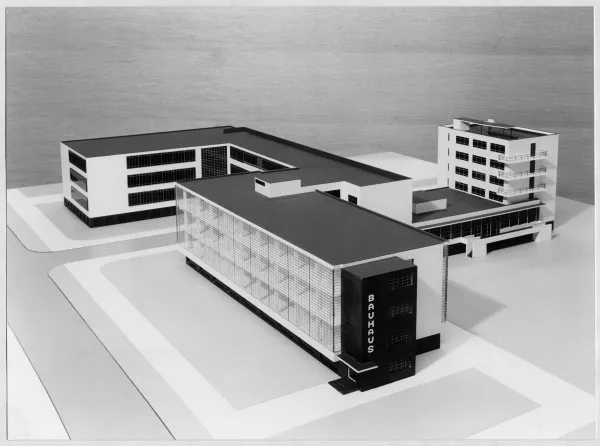
The Bauhaus was messy in the best way. Painters learned carpentry. Architects took weaving classes. Dancers explored geometry. Everyone was expected to blur lines, to question hierarchies. The soul of Bauhaus lived in this joyful collision of disciplines. It was a school, yes, but also a laboratory of the future.
Students didn’t just learn to make things, they learned to make meaning. A chair wasn’t just a place to sit. It was a problem to solve with empathy. A building wasn’t just a shelter. It was an organism with a pulse, designed for living, breathing people.
Legacy in Our Living Rooms
Even if you’ve never heard of Bauhaus, you’ve felt it. It’s in the IKEA shelf you assembled last year. It’s in the Google logo. It’s in your favourite coffee shop’s minimalist interior. The Bauhaus spirit lives on in our obsession with clean lines, open spaces, and things that work.
And in an age drowning in excess, too much information, too much stuff, the Bauhaus whispers a reminder: Less, but better. It tells us to make with intention. To design for life, not likes.
Final Thoughts: A Fire That Still Burns
The Bauhaus was shut down by the Nazis in 1933, but they couldn’t kill its soul. That soul fled across oceans with its teachers and students, embedding itself into the DNA of design schools, architecture firms, and creative minds around the globe.
Today, over a hundred years later, the Bauhaus still dares us to ask big questions. What does it mean to live well? How can we build a better world, not just aesthetically, but ethically?
That’s the soul of Bauhaus. Not just a design movement. A design ethic. A belief that beauty and function aren’t enemies, but dance partners. That even in chaos, we can create something clear, honest, and deeply human.




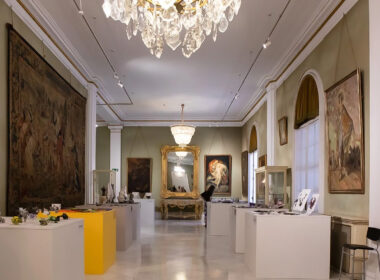


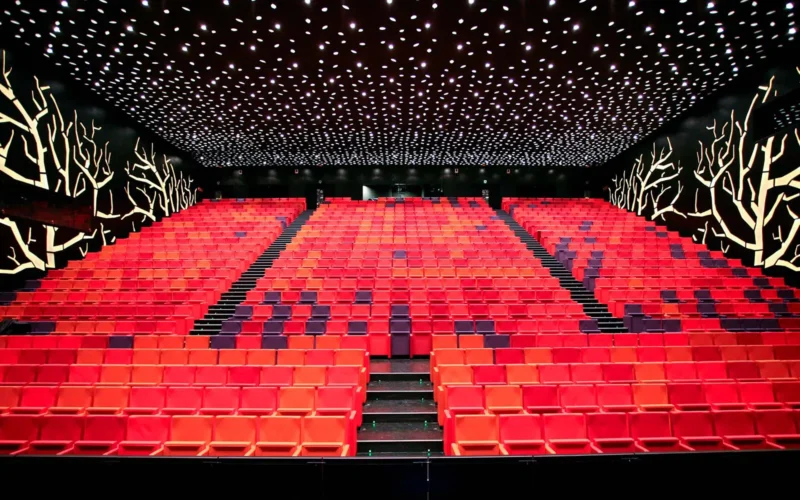
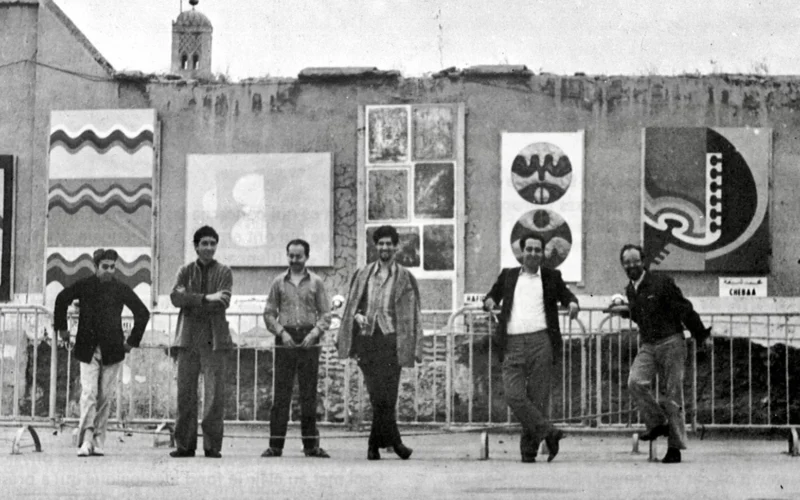




Comments 1